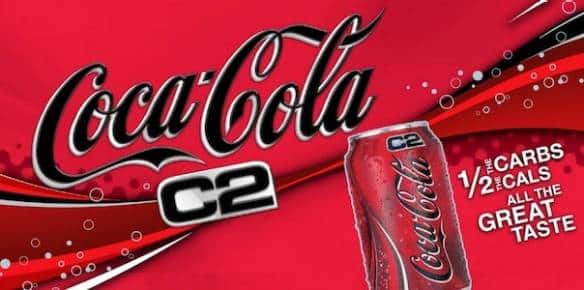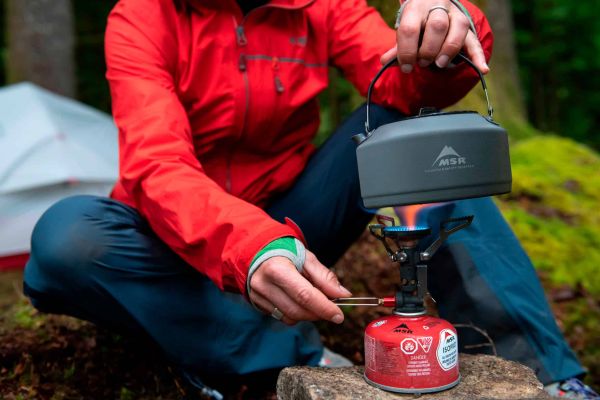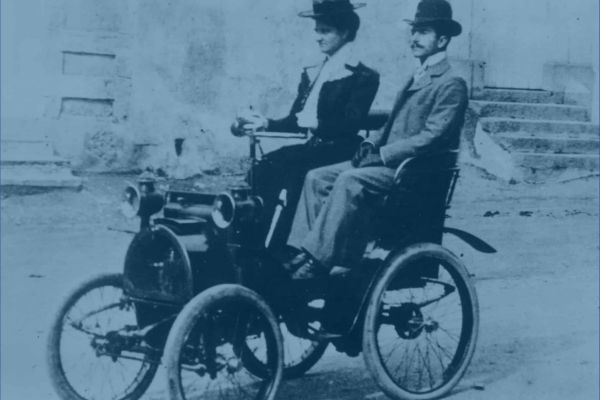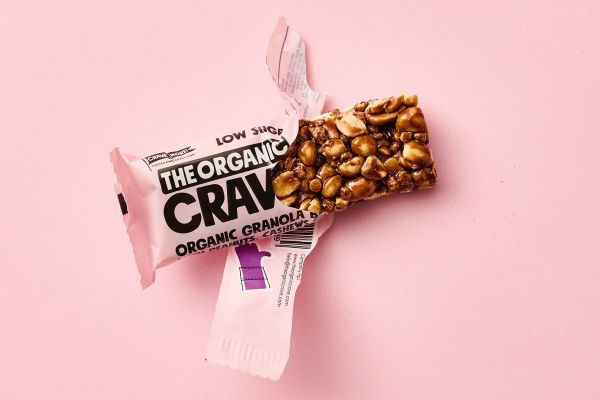In the wake of the insights generated by our initial two Innovation Roundtables, the third creax Innovation Roundtable on March 21st will tackle the million – sometimes billion – dollar question: ‘why do most product launches fail?’ To add a large dose of unrivaled consumer research expertise to the mix, we invited InSites Consulting to the discussion. Keep reading to find out more about the triumphs, perils and pitfalls of new product development in a B2C environment.
It’s a fact that innovation is high on the priority list of most companies. However, despite early customer involvement, a well-understood tech landscape and the existence of countless innovation frameworks, companies are left scratching their heads when 50% of their innovations end up duds. Where does it all fall apart, and what can a company do to maximize the chance of success and minimize the risk of crashing and burning?
5Ps and 3 key flaws
Many of us are familiar with the popular adage: ‘prior planning prevents poor performance’. It might sound obvious at first, but it rings with real wisdom. Lack of preparation is the most important factor affecting the fab or flop aspect of a new product innovation. Within this context, the Innovation Roundtable attendees will explore the effects of three major categories of flaws on product launches: tech, consumer insight and design flaws.
1. Tech flaws
Even the most breakthrough, strongly-desired and best-marketed innovation will suffer if its technology isn’t sound. Case-in-point: the Samsung Galaxy Note 7. Great design. Cutting-edge features. May spontaneously combust?
Due to a production process fault, the battery in the phone was prone to short circuiting, resulting in excessive heat, fires and even explosions. Samsung responded by recalling the affected phones and sourcing batteries from a different supplier, but the replacements suffered from the same defect. Samsung eventually completely discontinued production, taking a 33% hit on its quarterly operating profits estimated at USD 17 billion.
2. Consumer insights
Thorough, unbiased and well-designed market research is an absolute must to avoid over-hyping a product until it takes on a life of its own, regardless of what the results say. Coca-Cola’s 2004 launch of C2, a full-flavor Coke beverage with half the carbs and calories of original Coke intended for 20 to 40 year old males, is a good example of this flaw.

Unfortunately, not only was their product based on the low-carb diet fad that eventually passed, their target market rejected the drink because it was essentially a compromise between what they were really after: a full-flavor Coke beverage with no calories or carbs. As a result, Coca-Cola revamped its approach to consumer insights, asking the right questions and looking critically at the answers. Highly popular Coke Zero is the outcome.
3. Design flaws
Revolutionary products might need some explaining. If your target market doesn’t get your product or understand what it does, they won’t buy it. In 2004, Proctor & Gamble added an entirely new innovation to its range of Febreze air-freshening products in the form of Scentstories: “discs” that could be “played” on a CD-player-like device to release sentimental scents.
Then, they hired country music star Shania Twain to endorse the product. The result? Confused consumers who were convinced that Scentstories combined scent and music in one device. The bewilderment was so intense that the manufacturer had to add an FAQ to the product, stating that the scent “discs” didn’t actually play music. Needless to say, the product wasn’t a success.

Complex solution with familiar elements
These and many other examples of successful and unsuccessful product launches indicate that the solution is complex. It isn’t easy to identify the perfect mix of technology, consumer and design insights. Finding the keys to a product launch triumph is even more daunting in the face of the effects of wildcards like timing and world events.
However, there are familiar organizational factors affecting the innovation process that can be streamlined, and known bottlenecks in specific phases of innovation that can be anticipated and overcome. You already know the answer: preparation.
Our Innovation Roundtable experts will be getting together to discuss specific elements of preparation across a wide range of industries, and explore how the process can be tweaked even further to make success a more likely outcome.
Conclusion
As a forward-thinking, ambitious company, it’s tough to discover that no, your product isn’t ready, or your target market isn’t interested in your groundbreaking innovation. Even so, it’s infinitely better than launching it and risking losses, bad press or explosions.










